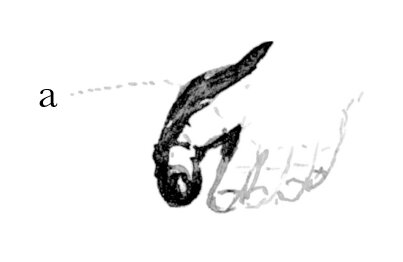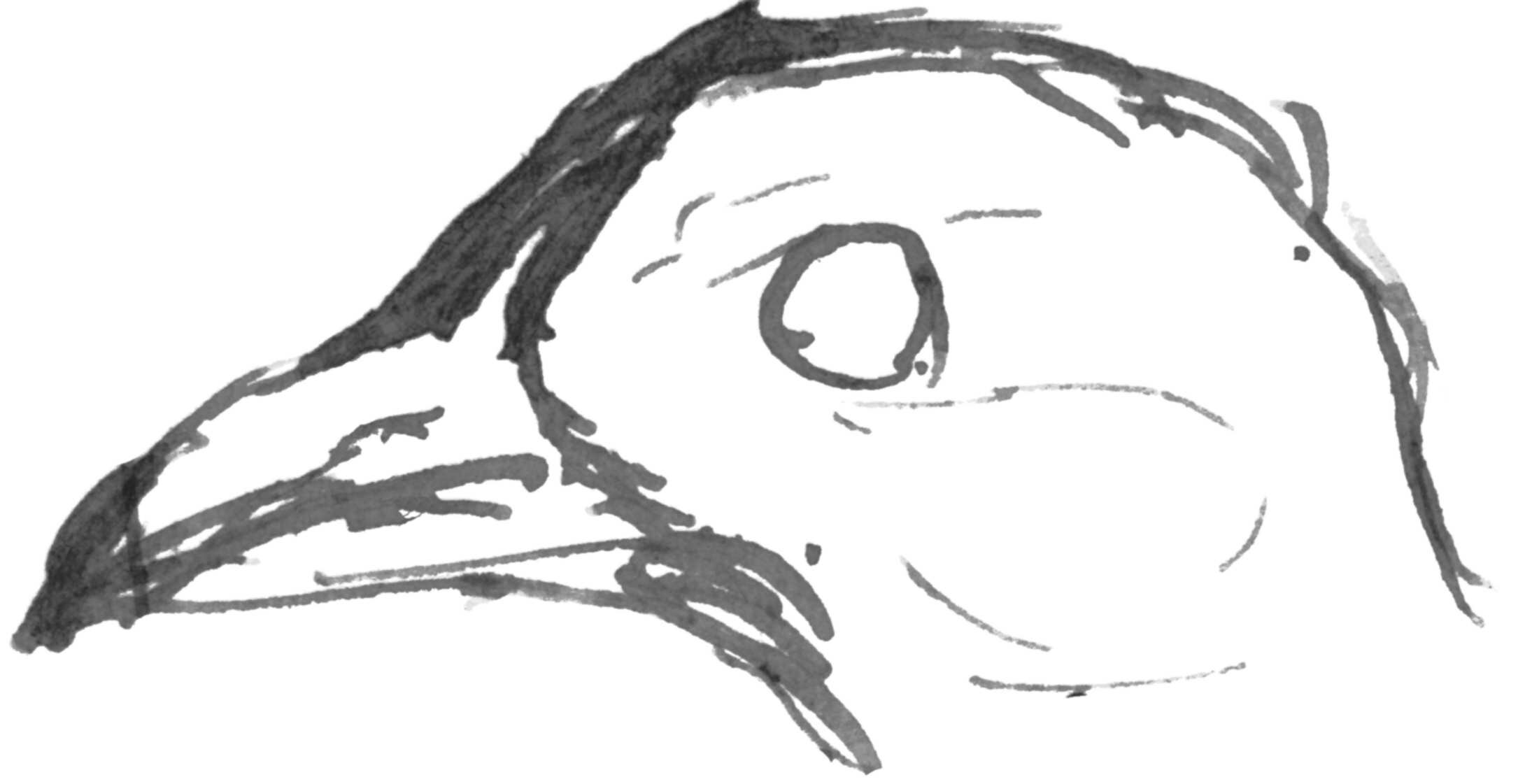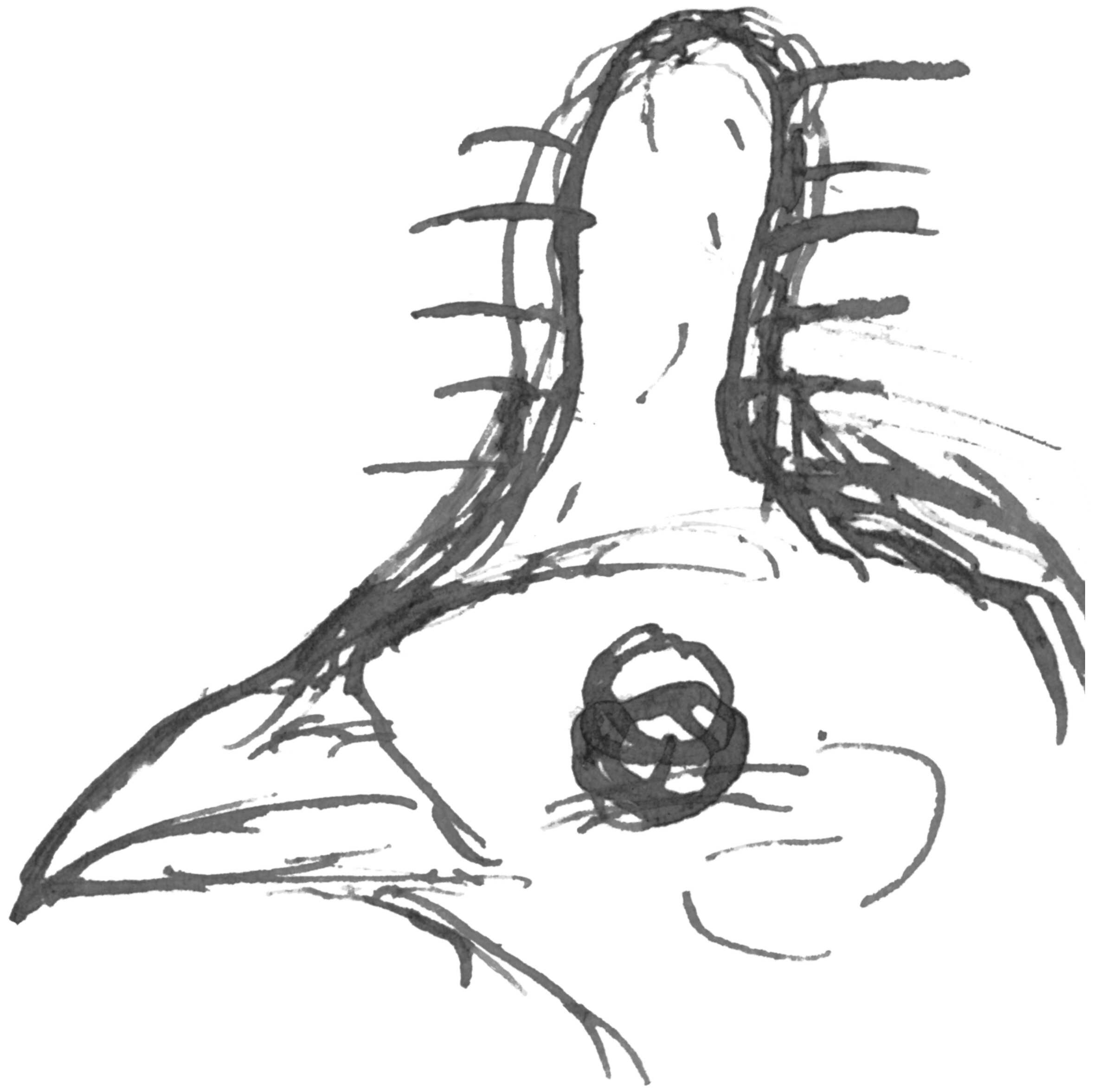From Edward Blyth 5 April 1868
7 Princess Terrace,
April 5/68.
Dear Mr. Darwin,
I am not aware that the fact of occasional syndactylism in man has ever been published. I learned it from Bartlett, who assures me that it is not uncommon, and, as I before mentioned, one of the Keepers at the Z. G. has this peculiarity. It is the 2d. & 3d. toes of the foot that are joined, as also in Hylobates.1 Certainly, I never remarked an instance among the myriads of naked feet that I have seen in India, and it would be more noticeable in people who have never cramped their feet by wearing shoes, inasmuch as their toes are straight and flexible, finger-like, and spreading. I remember being much struck with the appearance of the natural human foot when first I observed it, & I did think of procuring specimens from the dissecting rooms to send in spirit to the Col. Surg. Museum.2 In Hindu and Egyptian Sculpture the straight and finger-like toes—the foot-fingers—are represented, not so in the Greek statues. I have several times observed in the naked feet of sailors an abnormity in which the great toe exhibits a very strong tendency to be opposed to the other toes

the joint projecting much at a. Of these I have seen at least doz instances. There were two sailors (not related) thus characterized on board the ship in which I went to India—3
In the marsh terns (Hydrochelidon) & in the Sterna melanogaster, the seasonal change of colour is common to the two sexes; ditto with the black cap assumed in spring by most terns, & the hood of the hooded gulls.4 In Gallicrex cristatus, the frontal shield is small and pointed in winter,

but at the breeding season it rises into a caruncle thus,

being of a red colour, and at this time the males are very pugnacious, and are kept for fighting by the inhabitants of Eastern Bengal, who designate the bird the Kora. As it is one-third larger than its female, I think there can be little doubt of its being polygamous.5
The wing-plumes of the male ostrich are unquestionably much more developed than those of the female; but whether both sexes of woodpeckers incubate is more than I can tell.6 In the touracos, toucans, and barbets, there is no sexual diversity of plumage; in the trogons there is. In some hornbills also, & there is generally some difference in the colouring of the casque, and of the iris, & also any naked skin; thus in Bucorax abyssinicus the gular pouch of ♂ is bright red, in ♀ leaden-blue.7 Rollers,8 bee-eaters, & kingfishers have mostly the sexes alike, but in Ceryle rudis the ♂ only has the second black pectoral bar.9 Swainson imagined that the latter indicated a different species, & styled the ♂ Ispida bitorquata!10
Yours truly, | E Blyth.
CD annotations
Footnotes
Bibliography
Descent: The descent of man, and selection in relation to sex. By Charles Darwin. 2 vols. London: John Murray. 1871.
Gould, John. 1834. A monograph of the Ramphastidae, or family of toucans. London: the author.
Gould, John. 1838. A monograph of the Trogonidae, or family of trogons. London: the author.
ODNB: Oxford dictionary of national biography: from the earliest times to the year 2000. (Revised edition.) Edited by H. C. G. Matthew and Brian Harrison. 60 vols. and index. Oxford: Oxford University Press. 2004.
Swainson, William. 1836–7. On the natural history and classification of birds. 2 vols. London: Longman, Rees, Orme, Brown, Green, & Longman; John Taylor.
Summary
Discusses the human foot and its abnormalities; notes an example of syndactylism.
Gives his observations on sexual differences in coloration of terns and ostriches.
Letter details
- Letter no.
- DCP-LETT-6094
- From
- Edward Blyth
- To
- Charles Robert Darwin
- Sent from
- London, Princess Terrace, 7
- Source of text
- DAR 84.1: 136, DAR 160: 213
- Physical description
- ALS 4pp †
Please cite as
Darwin Correspondence Project, “Letter no. 6094,” accessed on
Also published in The Correspondence of Charles Darwin, vol. 16


